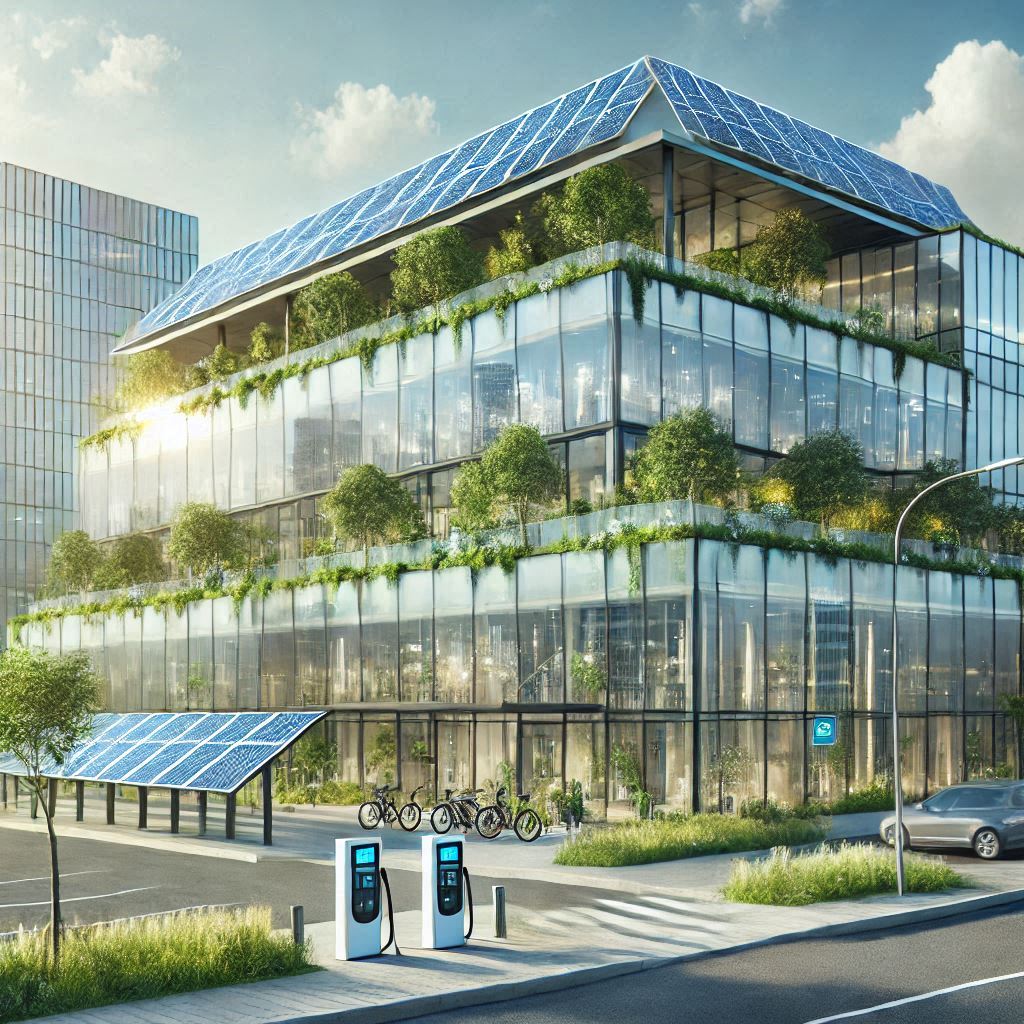In today’s increasingly environmentally conscious world, the focus on sustainable business practices is more intense than ever. An integral aspect of this focus is adherence to local energy laws, which are designed to reduce carbon footprints, promote energy efficiency, and overall protect the environment. Unfortunately, many businesses find themselves inadvertently on the wrong side of these laws, leading to hefty fines, reputational damage, and in severe cases, operational shutdowns. Understanding the pitfalls of non-compliance and how to navigate these regulations is crucial for any business aiming to operate sustainably and successfully.
The Importance of Complying with Local Energy Laws

Local energy laws encompass a wide range of regulations, from mandates on energy consumption levels to requirements for using specific types of energy-efficient equipment. These laws are not only vital for the health of our planet but also for the sustainability of the business ecosystem. Non-compliance can lead to severe consequences including financial penalties, increased operational costs, and damage to business credibility.
Financial Implications
The immediate consequence of failing to comply with energy regulations is often financial. Fines can be substantial, depending on the severity and duration of the breach. For example, in New York, businesses that fail to comply with the city’s stringent Local Law 97 are subject to fines that can reach thousands of dollars for every metric ton of CO₂ they are over the limit.
Operational Disruptions
Non-compliance can lead to operational disruptions. For instance, a business that is found to be non-compliant may be required to undergo additional inspections and audits, leading to downtime and lost productivity. In some cases, non-compliant equipment may need to be replaced, necessitating unplanned expenditures and further disruptions.
Reputational Damage
Today’s consumers are more eco-conscious than ever, and a company’s environmental compliance greatly influences its public image. Non-compliance can tarnish a brand’s reputation, leading to lost sales and diminished customer loyalty.
Strategies for Ensuring Compliance
To avoid the pitfalls of non-compliance, businesses must adopt comprehensive energy compliance solutions. This involves several key steps:
Conducting Regular Energy Audits
An energy audit is a detailed examination of how a business’s energy is being used and where it can be improved. This assessment helps identify inefficiencies and areas where compliance is lacking. Regular energy audits not only help in maintaining compliance but also in enhancing overall energy management systems, leading to reduced energy costs. Learn more about energy audits here.
Implementing Energy Management Systems
Energy management systems (EMS) are crucial for continuous monitoring and management of energy consumption. An EMS helps businesses keep track of energy use, identify trends, and make data-driven decisions to improve energy efficiency. For many businesses, the implementation of an EMS is a proactive step towards not only ensuring compliance but also optimizing energy use. Read about the benefits of EMS here.
Utilizing Energy Consumption Monitors
Energy consumption monitors are tools that provide real-time data on the amount of energy being used by a business. These devices are essential for businesses that need to closely monitor their energy use to ensure compliance with local regulations. By having direct insight into energy usage patterns, businesses can adjust their operations dynamically to enhance efficiency. Find out more about energy consumption monitors here.
Adhering to Energy Efficiency Regulations
Energy efficiency regulations often require specific standards to be met in terms of the types of equipment used and the operational practices followed. Compliance with these standards not only avoids legal repercussions but also contributes to significant energy savings. Businesses should stay informed about the latest regulations in their area and invest in compliant technologies.
Case Study: The Path to Compliance
Consider the case of a mid-sized manufacturing firm in California that faced penalties for failing to comply with the state’s energy efficiency regulations. The firm conducted a thorough energy audit, which revealed multiple areas where outdated machinery led to excessive energy consumption. By investing in energy-efficient equipment, not only did the firm meet the local energy laws, but it also reduced its energy bills by 30%.
Moving Towards Sustainable Business Practices

Ultimately, the goal of local energy laws is to encourage businesses to adopt more sustainable practices. This shift not only helps businesses comply with regulations but also aligns them with broader global efforts to combat climate change. Sustainable business practices include using renewable energy sources, reducing waste, and continuously improving energy efficiency.
Future Outlook and Legislation
With global energy demands and environmental concerns growing, it is likely that energy regulations will become even stricter. Businesses that anticipate and adapt to these changes can not only avoid negative consequences but also gain a competitive advantage. Keeping abreast of upcoming legislation and investing in sustainable technologies is essential. Stay updated with future energy legislation here.
Summary
Non-compliance with local energy laws can lead to a myriad of problems for businesses, ranging from financial losses to reputational damage. By implementing strategies such as regular energy audits, energy management systems, and adhering to energy efficiency regulations, businesses can ensure they not only comply with current laws but are also prepared for future regulations. Investing in energy compliance solutions is not just about avoiding penalties—it’s about positioning a business for sustainable, long-term success in an eco-conscious market.
VertPro.com serves as a resourceful platform for property owners and managers seeking to enhance their buildings’ energy efficiency. The site offers a range of services, including Commercial Energy Audits, Benchmark Compliance consultancy, and a Construction Marketplace. At the heart of VertPro® is a suite of SaaS technology-based solutions designed to assist in navigating the complexities of Energy Benchmarking and Energy Audits/RCx Plus, while ensuring adherence to over 60 Energy Benchmarking and Energy Efficiency Laws across the country.
For those looking to improve their property’s energy usage and operational value, VertPro.com provides a diverse array of tools and information. The site aims to facilitate a better understanding of energy efficiency practices and legislation, helping building owners and property managers make informed decisions about their energy strategies while complying with all energy ordinances and laws.














